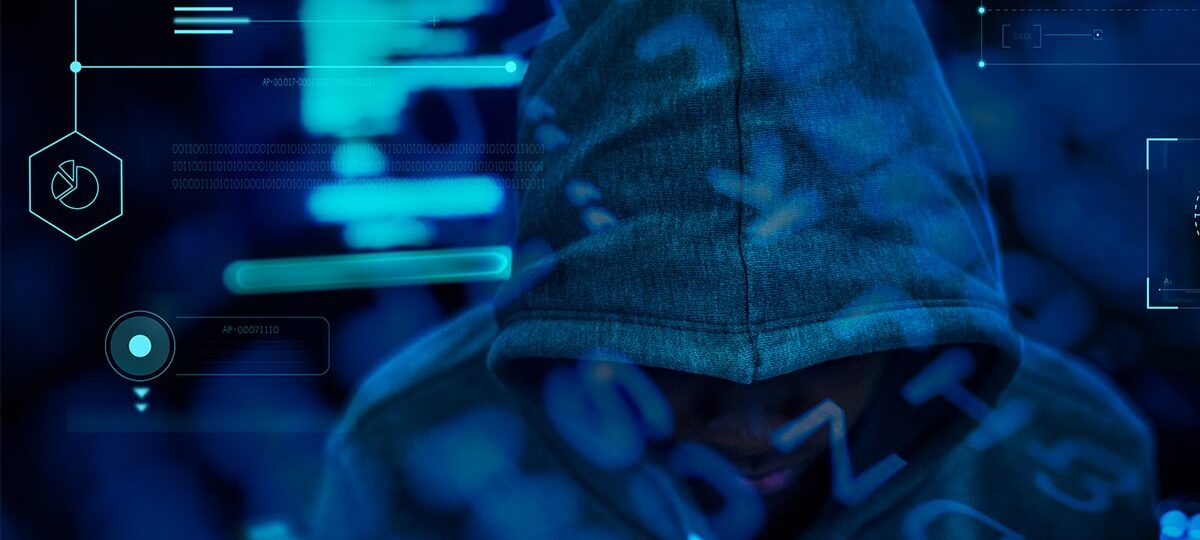In our hyper-connected digital world, cybersecurity has become a critical pillar of everyday life. From personal data to corporate infrastructure, the threat landscape is evolving at a rapid pace—posing serious risks to individuals, businesses, and governments alike. Understanding these threats and adopting effective defense strategies is no longer optional—it’s essential.
The Rise of Cyber Threats
As digital transformation accelerates, so does the sophistication of cyberattacks. Malicious actors are constantly innovating, targeting vulnerabilities across networks, devices, and even human behavior. Some of the most prevalent threats today include:
- Phishing: Deceptive emails or messages trick users into revealing sensitive information.
- Ransomware: Malware that encrypts data and demands payment for its release.
- DDoS Attacks: Flooding servers with traffic to disrupt services and websites.
- Zero-Day Exploits: Attacks that target previously unknown software vulnerabilities.
- Insider Threats: Security breaches caused by employees or trusted individuals, either intentionally or accidentally.
High-Profile Hacks and Breaches
Recent years have seen a surge in major cyber incidents:
- The SolarWinds attack infiltrated U.S. government agencies and private firms through compromised software updates.
- The Colonial Pipeline ransomware attack led to fuel shortages across the U.S. East Coast.
- Breaches at companies like Equifax, Facebook, and T-Mobile exposed millions of users’ personal data.
These incidents highlight the growing sophistication of cybercriminals and the high stakes of cybersecurity failure.
Building a Strong Digital Defense
In the face of growing threats, organizations and individuals must take proactive steps to secure their digital environments. Key strategies include:
- Multi-Factor Authentication (MFA): Adds an extra layer of security beyond passwords.
- Regular Software Updates: Fix known vulnerabilities before they’re exploited.
- Security Awareness Training: Educates users on recognizing phishing, scams, and risky behavior.
- Endpoint Protection: Safeguards devices like laptops and smartphones with advanced antivirus and firewall tools.
- Data Backups: Ensures critical information can be restored in the event of a ransomware attack.
- Incident Response Plans: Prepares teams to quickly contain and recover from breaches.
The Human Factor
Ironically, the weakest link in cybersecurity is often human. Social engineering exploits curiosity, fear, or trust—making it crucial to instill a culture of cyber vigilance. A single careless click can compromise an entire network.
The Road Ahead
As technology evolves—think AI, IoT, 5G—the attack surface expands. At the same time, defenders are arming themselves with advanced tools like machine learning, threat intelligence platforms, and blockchain-based authentication.
Cybersecurity is no longer just the IT department’s concern—it’s a shared responsibility that demands awareness, preparedness, and constant adaptation. In an era where data is power, defending it is paramount.

